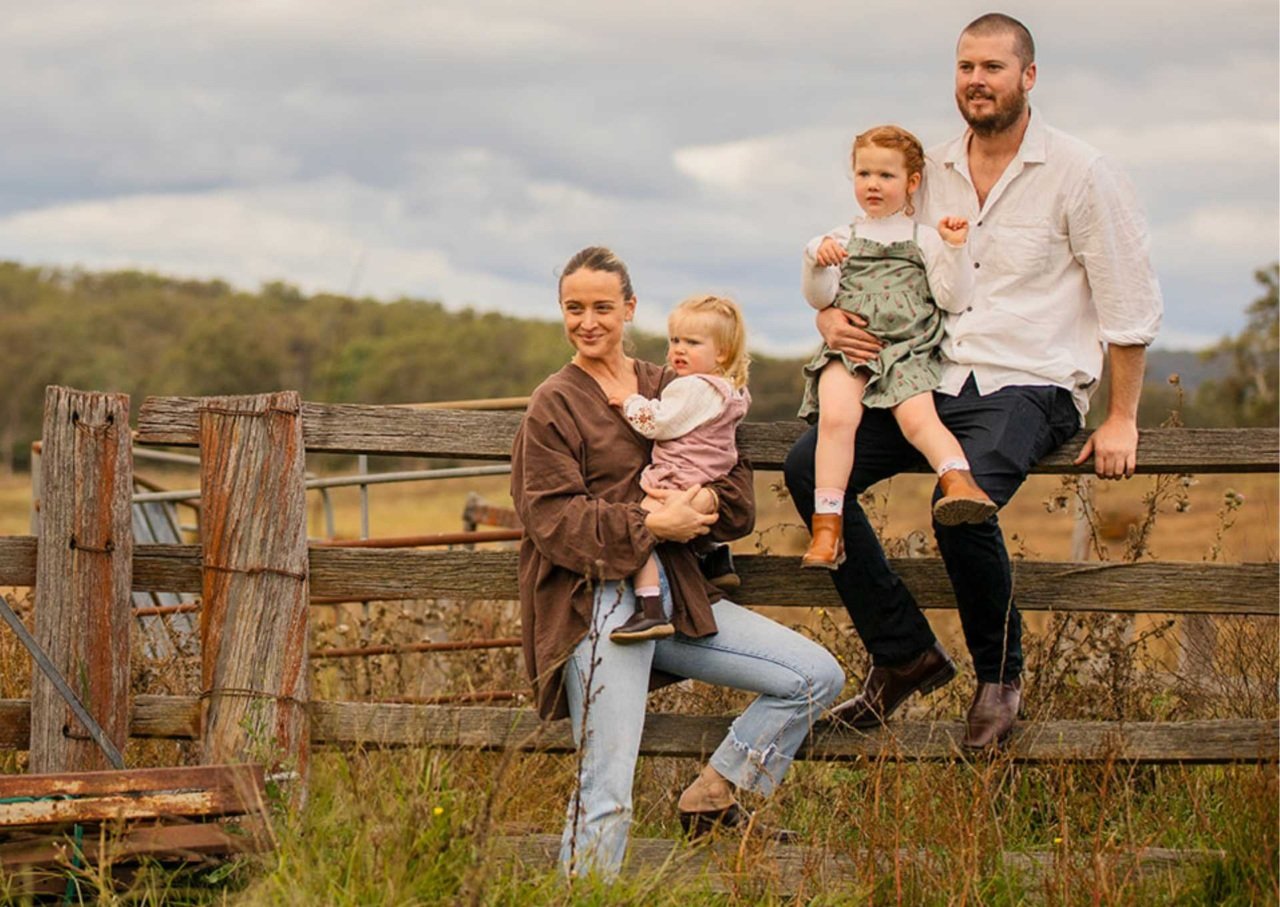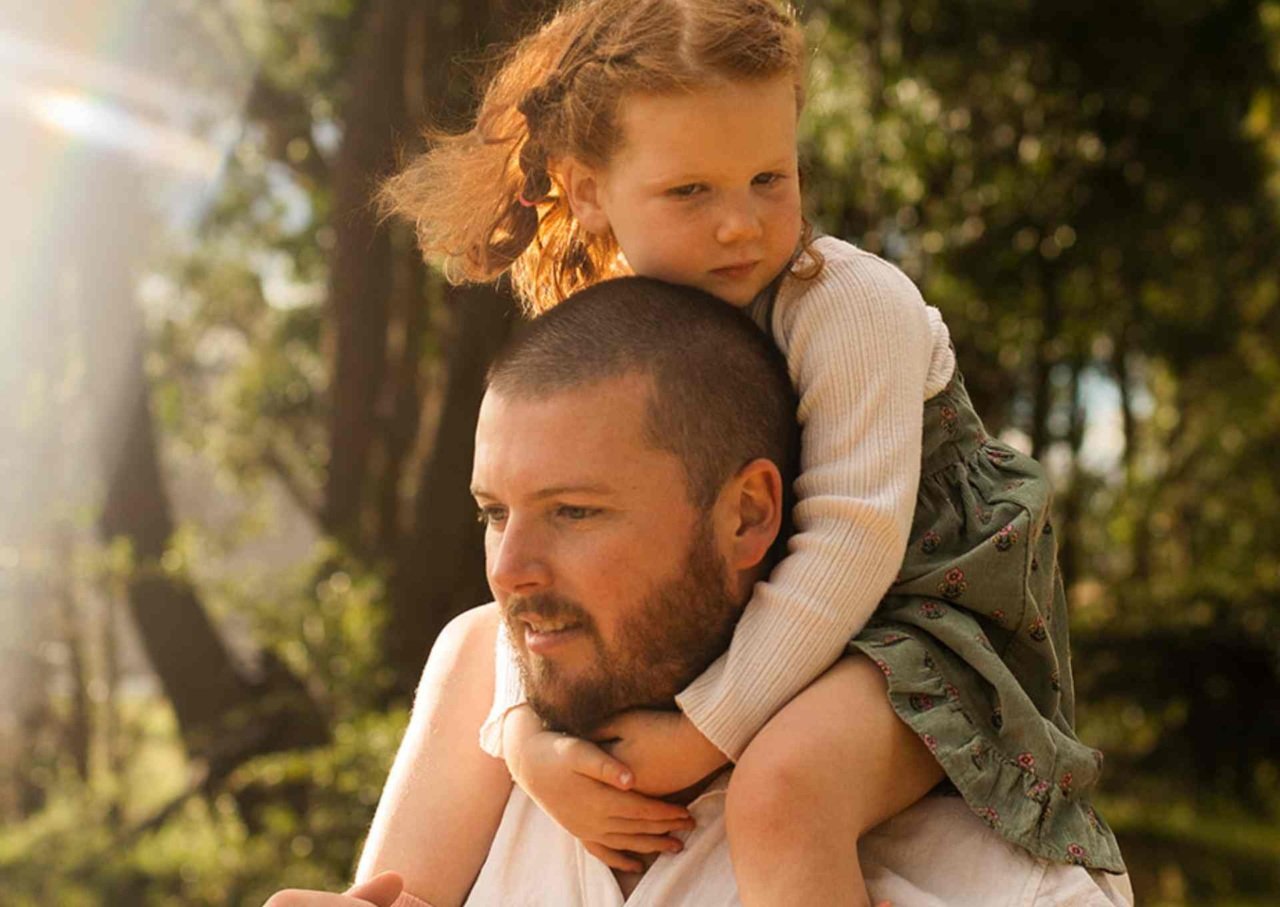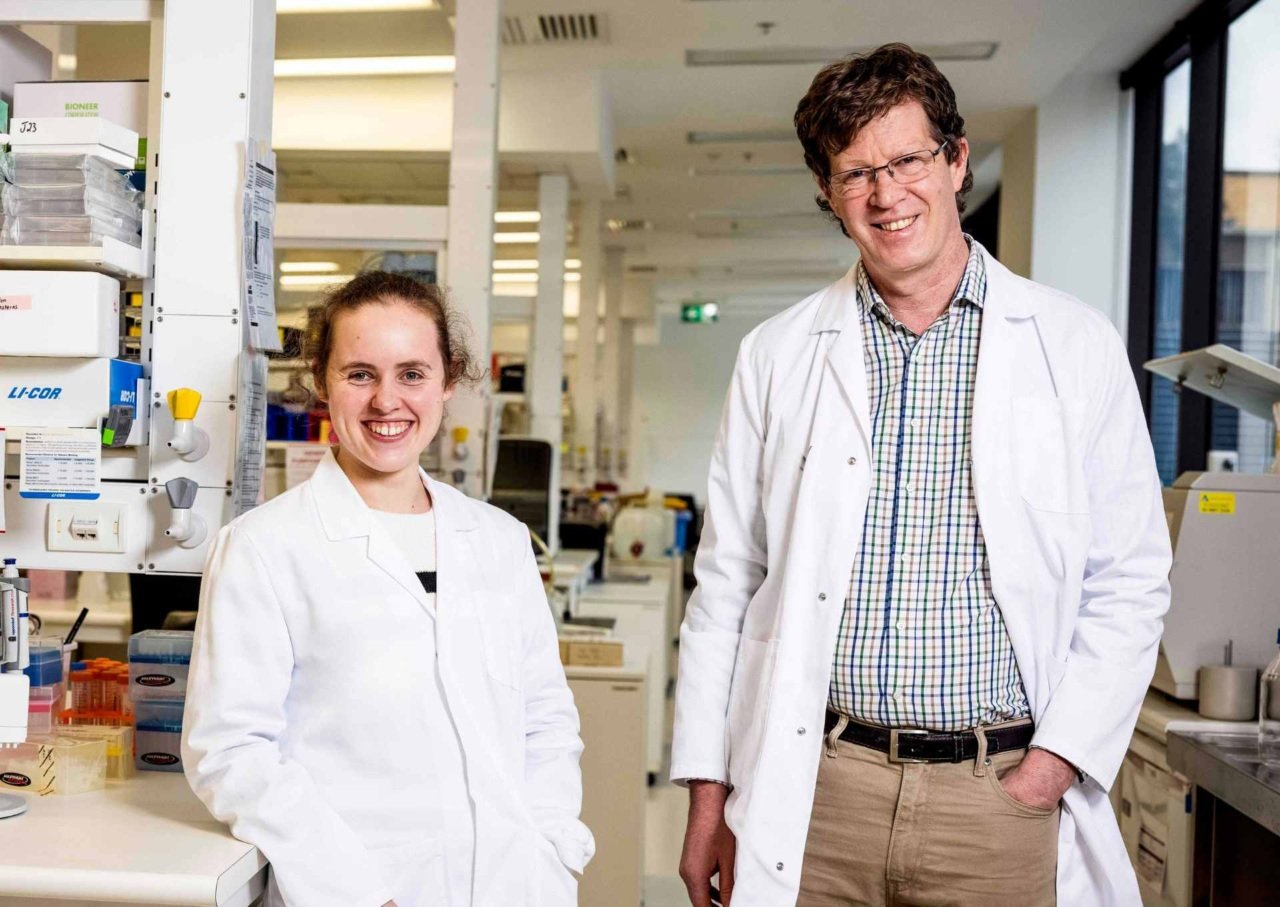
Fern experienced her first seizure aged 7 months, back in late 2020. She was on a bush walk near home in Armidale, NSW, happily nestled in her mum Jules Kryger’s front pack, when she stopped breathing and turned blue and appeared lifeless.
“I thought she was asleep, but when I tried to wake her up, she didn’t respond. My heart and mind began to race, and when I unclipped her from the carrier she fell lifeless into my arms.”
The frantic first-time mum hurried out of the bush, performed CPR and called an ambulance. While waiting, the atonic seizure, with no convulsions, stopped. But the next day in hospital Fern had her first tonic clonic seizure, with convulsions.
“We thought they were febrile seizures, which are fairly common,” says her dad, Philip Stevens. “Despite being a confronting and traumatic experience, we definitely had absolutely no inkling at that point of what Fern’s future held.”
After some months without any seizures, they started up again, and a neurologist diagnosed Fern with childhood epilepsy.
“Unfortunately, things deteriorated and her seizures became more serious and more regular. We were not seeing much control despite trying multiple medications, and she was often lifeless, blue and not breathing for extended periods of time.”

These tonic-clonic seizures, with convulsions and loss of consciousness, were exhausting and took a full day to recover from, Philip says.
“Her favourite things were swimming and socialising, but these activities would trigger seizures, so we stopped being able to do the things Fern loved to do,” he says.
They visited specialists, spent weeks getting tested in hospital, and tried different medications; but the seizures only got worse.
“The process of trying to take control of her condition with drugs was a nightmare, and the side effects were really hard on her. She slept badly, had a tremor, was tired, and had serious behavioural problems.”
Fern had a pacemaker fitted once it was discovered that her heart stopped for 42 seconds during a seizure. In late 2023, Fern was diagnosed with a rare form of epilepsy, caused by a variation in the HCN1 gene.
Relieved to have a firm diagnosis at last, Philip and Jules searched the internet for HCN1. That’s how they ended up on a Zoom call with Professor Chris Reid and Dr Lauren Bleakley at The Florey, one of the only places in the world studying HCN1 epilepsy.
“Despite the life-long implications and seriousness of the diagnosis, we were relieved to have some answers. Chris and Lauren told us about how HCN1 works, and we talked about what drugs Fern was taking.”
Chris and Lauren had engineered a special mouse model to mimic HCN1 epilepsy.

They used it to test how a range of existing epilepsy drugs reacted with that form of the condition, publishing their results in the journal Epilepsia. “It’s often a case of trial and error for doctors to find the right drug to treat an individual patient,” Professor Reid says.
“We are not neurologists, we don’t see patients, and we don’t give medical advice. But we knew from our work in mice that one of Fern’s medications caused seizures rather than stopped them.”
For Philip and Jules, this news was a game changer.
“The Florey in that moment changed our lives. In three and a half long years we hadn’t managed a single positive outcome for all our dedication and effort. Chris and Lauren’s research allowed us to stop Fern’s seizures almost instantly, and she has been seizure-free ever since. This freedom is allowing her to develop the tools and energy to continue to overcome the many other challenges posed by the condition,” Philip says.
The proud parents say Fern is an inspiration.

“We feel incredibly fortunate to be Fern’s parents. From the day we met, she was a beautiful force to be reckoned with. We’ve always known her to be incredibly kind, outgoing, and a lover of life, despite her 4 years of life being riddled with unknowns. She is extraordinarily lucky to be a happy and bright girl who loves her life every day, seizures or no seizures,” Jules says.
We know this experience will shape Fern, and the rest of us, to view life with a more balanced and compassionate perspective. Fern is deeply empathetic and caring, and we know she will use her experience to rally for those less fortunate than her and raise awareness to find treatments to improve the life of her HCN1 peers.
“With her kind and caring nature, I know one day soon she will be a great advocate for those less fortunate than her, to help raise awareness and find treatments to make life with this disease better for everyone.”
*Fern’s story appears in Life-changing discoveries: Impact Report which launches on Wednesday 22 May.
Media contact:
Kathryn Powley, Media and Communications Manager
[email protected] | 0456 666 271